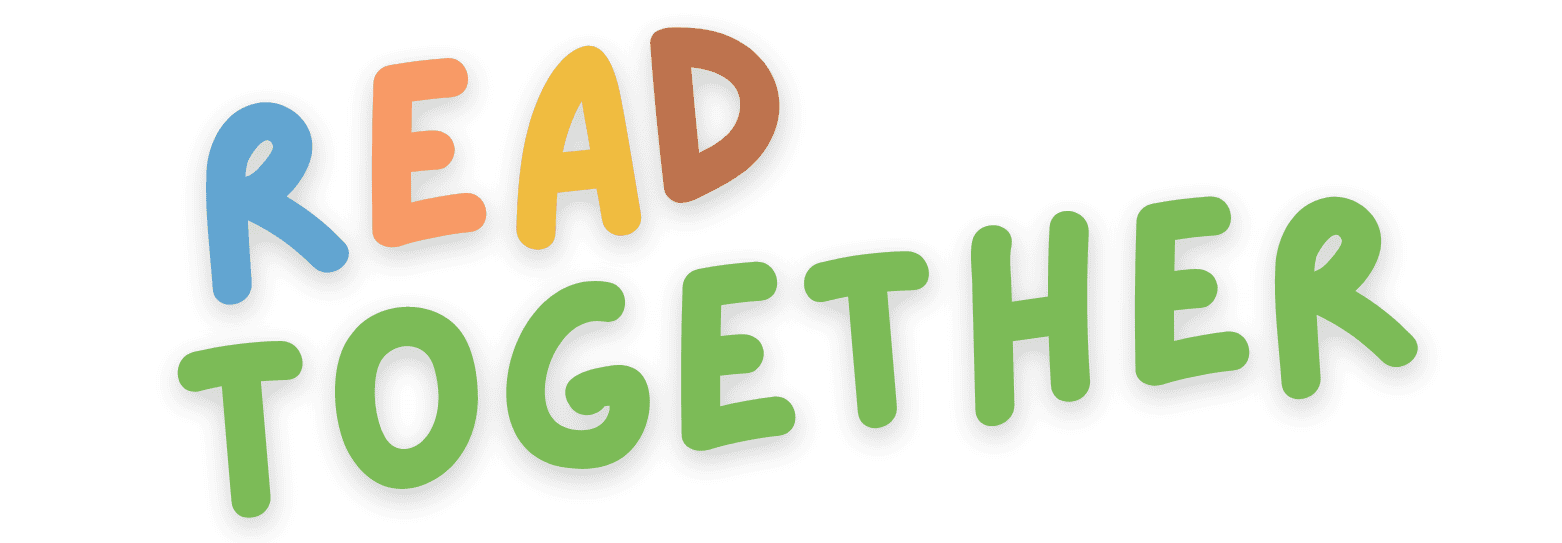Birth to age 5
Reading together can be done anywhere, at any time. Explore different ways of reading before kindergarten, and find ways to read together that work for your family!
Whether you’re just getting started with a reading routine or looking for ways to freshen up your family’s reading time, you’ll find plenty of tips here.
The ABCs
As you read together, remember the ABCs: Ask questions, Build vocabulary, and Connect the story to your child’s world.
Child's choice
Let your child choose the book, even if it’s the same one over and over again.
What if…
Look at a book’s pictures and ask your child to guess what’s happening, or to make up a story from what they see. If your child is ready, try asking what would happen if parts of the story were different, like a character’s actions.
Example
When reading a book about bedtime, you might ask, “What if she doesn’t go to bed? What might happen next?”
Show and tell
Help your child follow along by pointing to the words as you read, showing how we read left to right, and that your spoken words are connected to the printed words on the page.
Unusual words
When you see an unusual word, stop and point it out. Learning words that aren’t used in everyday conversation but appear often in books helps build children’s academic language, which is important to comprehension.
Example
If a story includes the word “delicious,” you might say, “I notice the word delicious. Delicious means something that tastes really good. You might describe your favorite ice cream as delicious.”
Storytime
Ask your child to retell a story that they know and love.
If your child gets stuck, ask questions to help them continue “reading” the story to you, like, “What happened next?”
Make connections
When introducing a new word to your child, use a definition that will make sense to them. Connecting the new word to something they already know will help them remember it.
Example
A character in the book you’re reading together said he was chilly. You could say, “Chilly means cold. When you asked for your sweater yesterday, you were chilly.”
Your turn
Involve your child in the story by having them say repeated phrases with you, or pausing to let them fill in the blank for rhyming words.
Think out loud
Model how you think about a story before, during, and, after reading, explaining how you know different things about a story. If your child is ready, try asking them questions that go beyond the literal meaning of the story, like, “Why?” and “How do you know?”
Example
As you read, tell your child what you’re noticing and thinking about in the story. You could say, “I noticed that he put his rainboots on before he went outside, so I think it might be raining.” You can also try asking questions like, “Did you notice that he put his rainboots on? Why do you think he did that?”
No rules
Be flexible with yourself and your child. You don’t have to read every word or page, and if your child is done, go ahead and stop! Try again later or another day.
Walk in their shoes
Talk about characters’ feelings, decisions, and actions, and try to connect the characters’ emotions to things your child has experienced. If your child is ready, try asking them how they would feel if they were the character, with questions like, “What would you do differently?” or “Why would you feel that way?”
Example
Say how you think a character is feeling, and what happened in the story to make them feel that way. You might say, “I noticed that the puppy stole the cookie from her. I think she might be feeling sad because she wanted to eat the cookie her dad gave her.” If your child is ready, you could try asking questions like, “How would you feel if a puppy stole your cookie?”
On the move
Know that your child may not want to sit still, but they are still benefitting from you reading.
Repetition is key
After introducing a new word, use it in conversation so your child hears it in different contexts. If your child is ready, try asking them to use it in a sentence or give their own definition. Children need to hear, see, and use a word several times before it becomes part of their vocabulary.
Fun for all
Have some fun with reading! Use voices, expression, or movement to bring stories to life, or try doing what a character is doing, like reading in a whisper when a character is whispering.
Guiding pictures
Use a story’s pictures to talk about how characters might be feeling and why. If your child is ready, try asking them to share how a character might be feeling
Example
You might say about a picture in a story, “I noticed her face is red and she doesn’t look happy in this picture. I think she might be feeling mad because she wanted to draw, but someone else was using the crayons.”
Name emotions
Name and explain different emotions you come across in stories. Teaching your child words that describe emotions helps build their vocabulary and understanding of how others feel.
Example
If a story you’re reading says a character was feeling shy on her first day of school, you might say, “Shy can mean feeling nervous or uncomfortable. When people feel shy, they might seem scared or quiet.” If your child is ready, you can ask follow-up questions like, “When have you felt shy?”
If English is a second language for your family, read together with your multilingual child in your native language. Building vocabulary, oral language, and listening comprehension skills in a child’s first language supports the process of learning the same skills in English.
